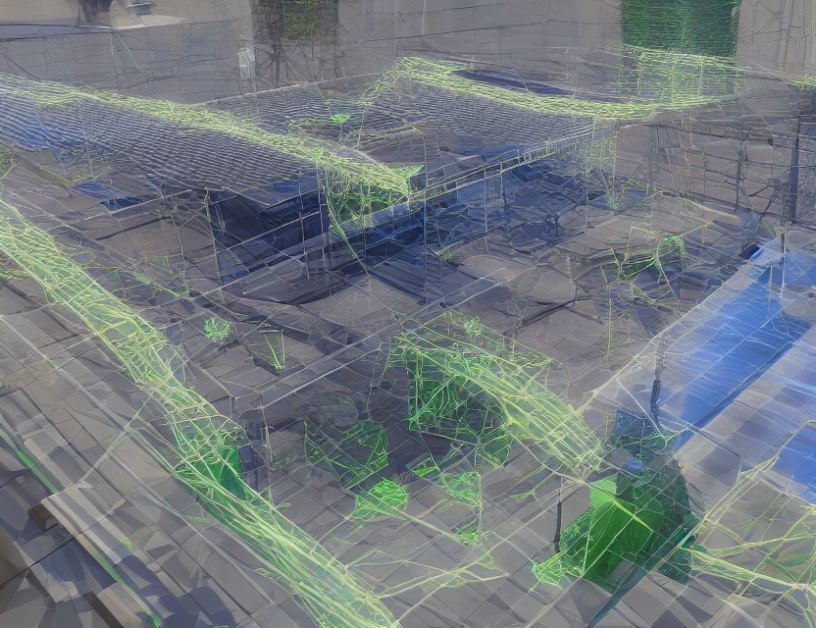The article discusses the problem of solving structural analysis problems using quantum annealing (QA) algorithms. These problems involve finding the optimal solution for a given set of constraints, which can be challenging to solve using classical computers due to their complexity. QA algorithms, on the other hand, use quantum computing principles to find solutions that satisfy the constraints while minimizing a certain objective function.
The authors propose a new strategy for solving structural analysis problems using QA algorithms. They relax the constraint of static admissibility and choose a small penalty weight to perform QA for a number of reads. This yields a set of solutions with near-minimum complementary energy, which can be used to obtain the optimal solution to the problem.
The authors demonstrate the effectiveness of their strategy using several test cases. They show that their approach can significantly reduce the computational time required to find the optimal solution compared to classical methods.
In summary, the article proposes a new method for solving structural analysis problems using quantum annealing algorithms. The method involves relaxing the constraint of static admissibility and choosing a small penalty weight to perform QA for a number of reads. The authors demonstrate the effectiveness of their approach using several test cases, showing that it can significantly reduce the computational time required to find the optimal solution compared to classical methods.
Computational Engineering, Finance, and Science, Computer Science
Optimizing Structural Design via Quantum Annealing: A Different Perspective



